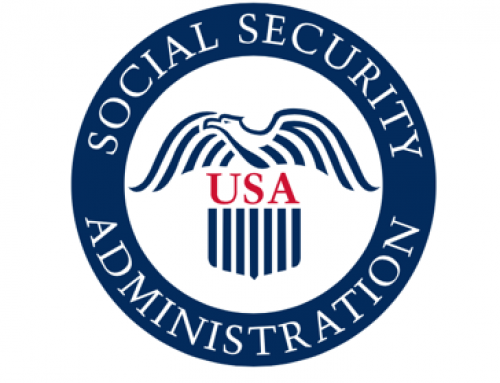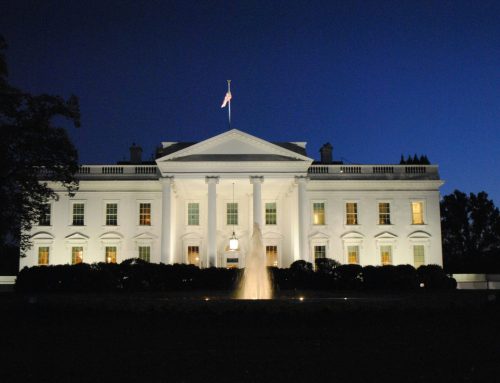The Financial Health Network (FHN) recently released its 2022 Fin Health Spend Report, examining how households in America managed their finances and accessed credit during the second year of the pandemic, analyzing year-over-year trends for more than two dozen financial products and services.
The report notes that overall spending on interest and fees across the entire gamut of financial services, totaled an estimated $305 billion in 2021, a 4% contraction from 2020. FHN attributes this contraction to stimulus payments and,
“…declines in general purpose credit card balances and the federal student loan moratorium. Toward the end of 2021, many product categories began to return to pre-pandemic trends.”
The report noted that open-loop prepaid loads – including general purpose reloadable (GPR) cards, payroll cards, and some government prepaid cards – also generally received a boost from pandemic-related surges in government assistance, as well as increasing digital payments. In fact, the report says,
“…funds administered through government-provided prepaid cards increased 200% from 2019 to 2020, driven mostly by a surge in unemployment benefits. While GPR and payroll cards continued their growth trajectory in 2021, government prepaid card fees decreased in 2021, attributed to a leveling off from this 2020 peak in benefits.”
Other categories measured included bank account overdrafts, student loans, credit cards, auto loans and insurance.
The entire report can be read here: FinHealth Spend Report
The Financial Health Network provides research, advisory services, measurement tools, and opportunities for cross-sector collaboration on the subject of financial health. It works to advance awareness, understanding and proven best practices in support of improved financial health for all. For more on the Financial Health Network, go to www.finhealthnetwork.org
SOURCE: Financial Health Network








